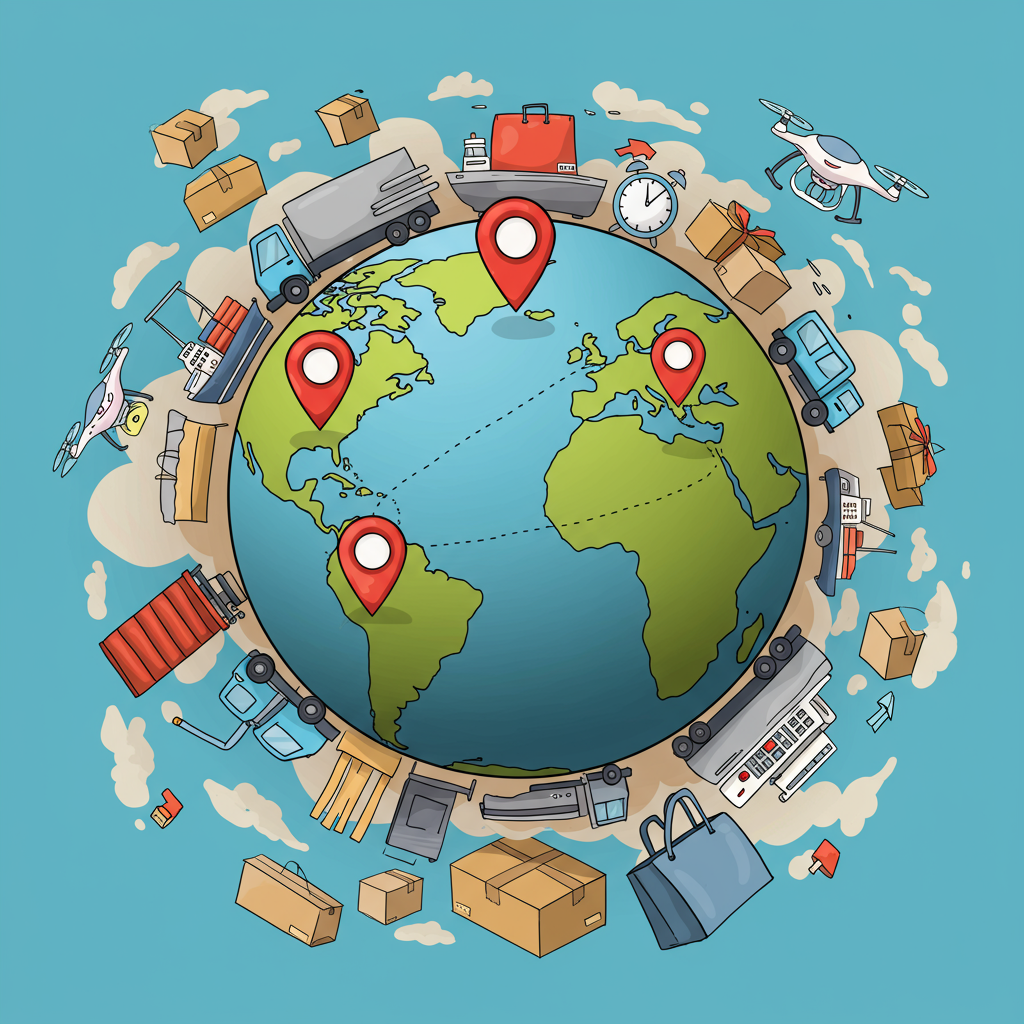Unlocking International Growth: A Comprehensive Strategy for Shopify Merchants
As a Shopify merchant, I know firsthand the excitement and challenges of growing an online business.
While domestic sales are often our starting point, the true potential for expansion lies in reaching customers across borders.
International orders can seem daunting, filled with complex regulations, customs, and intricate shipping logistics.
However, with a well-thought-out strategy, I believe you can transform these challenges into incredible opportunities for global growth.
Today, I want to share my insights on building a robust Shopify shipping strategy specifically for international orders.
My first piece of advice is always to start with thorough research. Don’t just jump in blindly.
I recommend identifying your target markets. Where are your products most likely to be in demand?
Consider factors like purchasing power, cultural fit, and existing competition in those regions.
Once you’ve narrowed down your focus, I then dive deep into the specific import regulations, taxes, and prohibited items for each country.
Next, let’s talk about shipping carriers. This is a critical decision for international success.
I typically look at major players like DHL, FedEx, UPS, and national postal services such as USPS, Royal Mail, or Canada Post.
Each has its strengths and weaknesses regarding speed, cost, tracking capabilities, and reliability for different destinations.
For instance, I might use a premium carrier for urgent, high-value shipments and a more economical postal service for lighter, less time-sensitive items.
Determining your shipping rates is another crucial aspect I spend a lot of time on.
You have several options: flat rates, calculated rates, free shipping, or tiered rates based on order value or weight.
I often find that offering calculated rates directly from the carrier via Shopify’s shipping settings provides the most accurate pricing for customers.
However, sometimes I’ll absorb a portion of the shipping cost or offer free shipping above a certain threshold to incentivize larger international orders.
Customs and duties are perhaps the most intimidating part for many merchants, but I assure you, they are manageable.
You need to understand the difference between Delivered Duty Paid (DDP) and Delivered Duty Unpaid (DDU).
With DDU, the customer is responsible for paying duties and taxes upon delivery, which can lead to unexpected costs and a poor customer experience.
I personally prefer DDP whenever possible, as it means I collect these fees at checkout, providing full transparency to my international customers.
This often requires integrating with a customs duty calculator app or a shipping solution that handles DDP.
Always include Harmonized System (HS) codes on your customs declarations; I find this speeds up customs clearance significantly.
Proper packaging is not just about protecting your products; it’s also about compliance.
I ensure my packaging meets the specific requirements of the destination country, especially regarding labeling and materials.
Don’t forget about international returns. This is an area I’ve learned to plan for proactively.
Clearly outline your international return policy on your website. Will you offer free returns, or will the customer bear the cost?
I’ve found that providing clear instructions and potentially a local return address (if you use a third-party logistics provider in that region) can greatly improve customer satisfaction.
Leveraging Shopify’s capabilities is key. I use its built-in shipping settings to configure zones and rates.
For more advanced features, I explore apps from the Shopify App Store that specialize in international shipping, customs, and duty calculation.
Transparency with your customers is paramount. I always communicate clearly about shipping times, potential delays, and any customs fees they might incur.
Sending tracking information promptly and offering customer support for international inquiries builds trust.
Finally, remember that your strategy isn’t static. I constantly monitor my shipping performance, costs, and customer feedback.
This allows me to identify areas for improvement and optimize my international shipping strategy over time.
Expanding your Shopify store internationally is a significant step, but it’s one that I believe is incredibly rewarding.
By carefully planning your shipping strategy, you can confidently reach new markets and unlock immense growth potential.
I hope this detailed guide has been helpful for your journey. What are your thoughts on this article? I’d love to hear your perspective.






